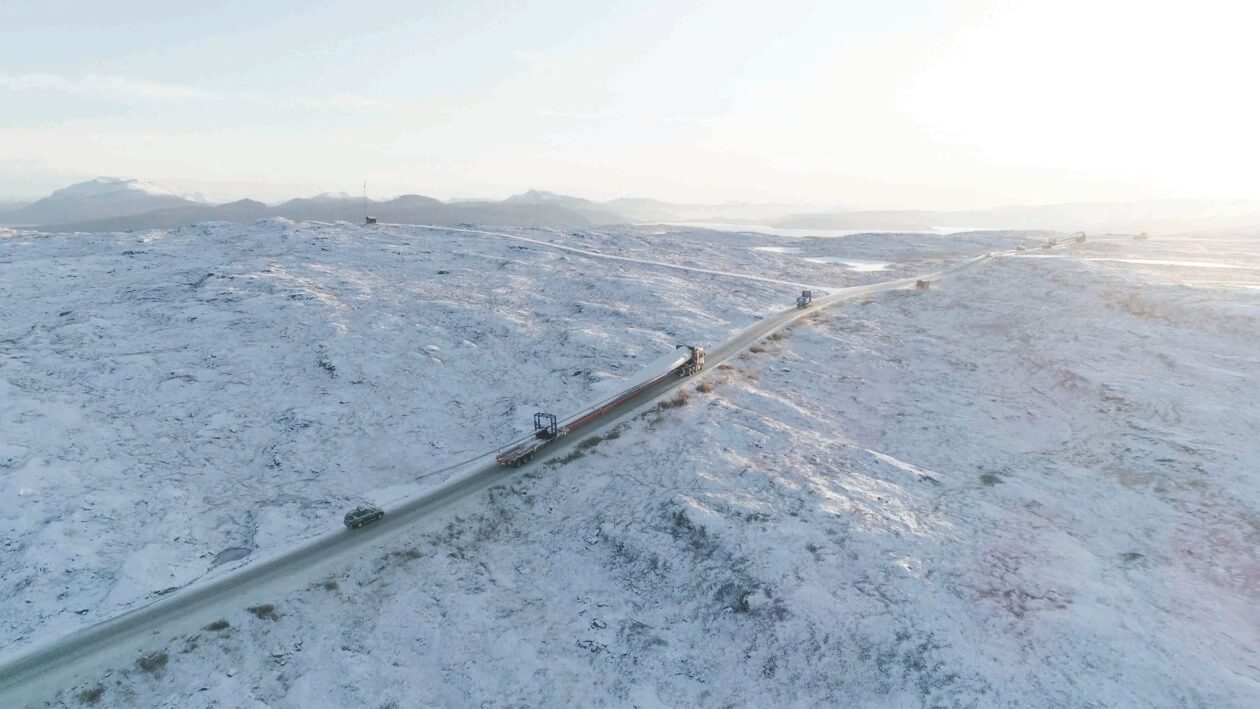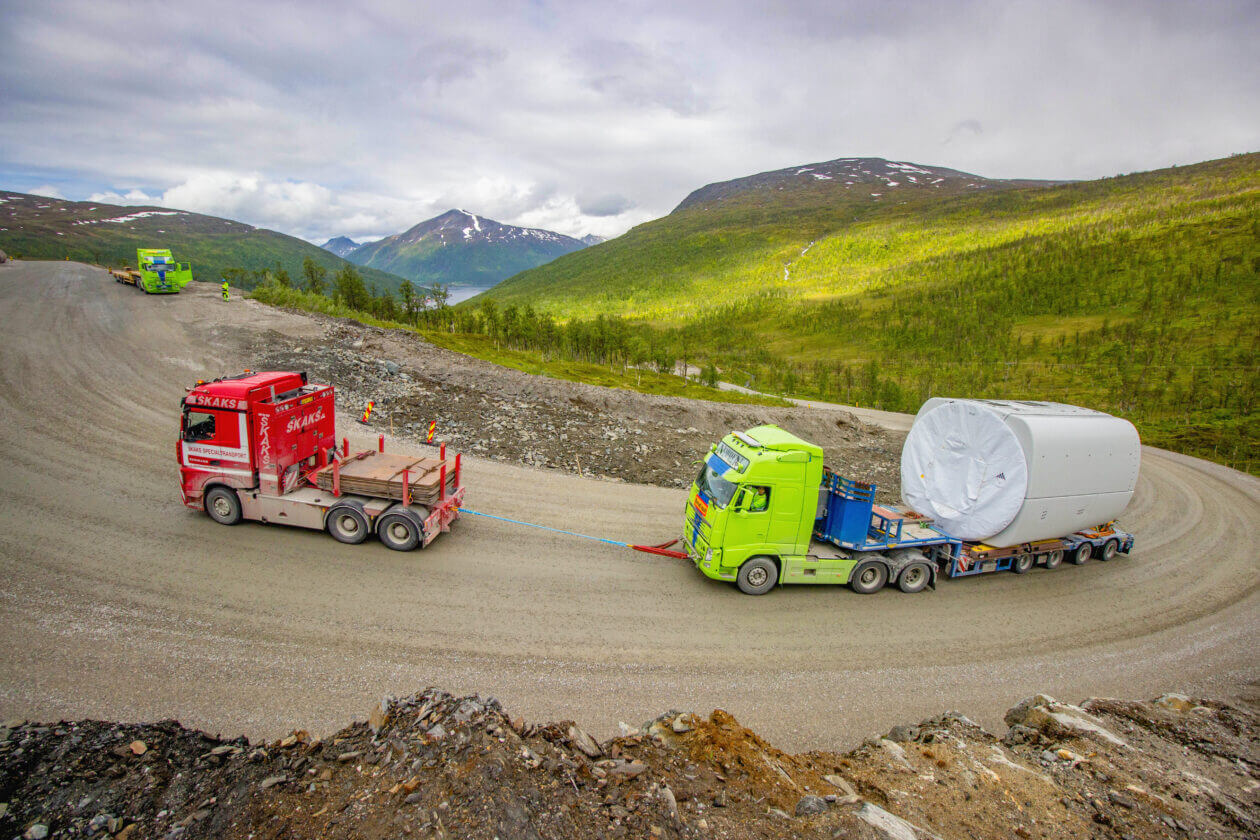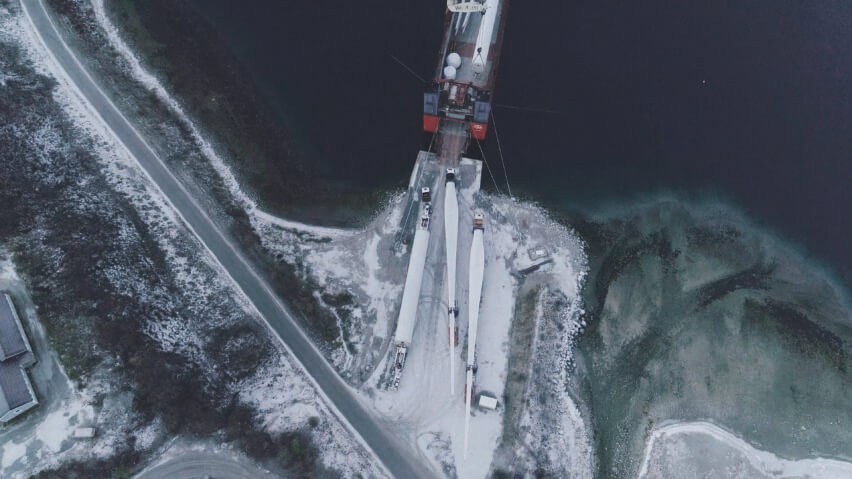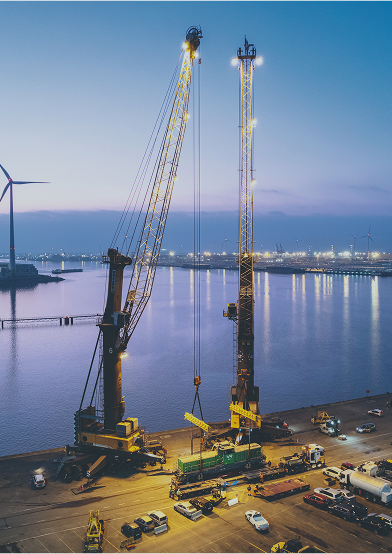Worldwide energy consumption is rising, and renewable energies are playing a growing role in meeting global demands. The broader energy mix—comprising onshore and offshore wind, hydro and solar power—remains critical for a balanced, sustainable-energy future. Each of these renewable sources plays a pivotal role in ensuring that global energy needs are met for decades to come. deugro, with over 20 years of experience in the renewables sector, is at a unique juncture in this energy transition, contributing to the diversification of the energy mix.
In 2023, global onshore wind capacity set a record, adding approximately 107 gigawatts, driven predominantly by installations in China, with additional contributions from the USA and Europe, marking a 50% year-on-year increase compared to the previous year. This growth surge followed two years of supply chain issues and pandemic-related delays, marking a strong recovery in the onshore wind sector. In 2024, onshore wind is expected to contribute another 80 gigawatts, while the global wind energy sector is anticipated to grow at an average annual rate of 6.6% over the next five years.
Newer trends in onshore wind technology are reshaping the industry. Taller tower structures and longer blades capture more wind at higher altitudes, while smart grid integration and digitalization—enhanced by AI-powered data analytics and predictive maintenance—are making turbines more efficient. Hybrid renewable energy plants, which combine wind, solar and storage technologies, are also on the rise, providing a more stable and reliable energy supply by mitigating variability.

As technology continues to evolve, we see breakthroughs such as onshore wind turbines surpassing the 7.5-megawatt barrier. However, this growth in turbine capacities brings along its own set of challenges, including design, logistical and permitting issues. Future turbine sizes will largely depend on how well companies manage risks during the initial project planning stages. Finding the right balance between maximizing energy production and managing costs will be key. Larger turbine designs, particularly in blade assembly, will likely rely on a modularized approach, but this comes with the drawback of increased handling at job sites, leading to longer installation times and higher costs.
Regulatory frameworks play a crucial role in fostering this expansion, particularly in key regions such as China, the USA and the EU. Europe, especially Germany, saw rapid expansion in 2023, though projections indicate that without accelerated efforts, the EU may fall short of its 2030 climate and energy targets.

Transporting onshore wind components presents numerous logistical challenges due to their sheer size, weight and complexity. Key components such as towers, blades, nacelles (housing the generator and gearbox) and hubs are all oversized and heavy, requiring specialized transportation and detailed logistical planning. For example, blades that can exceed 65 meters in length are difficult to transport on narrow or winding roads. Nacelles and tower sections, which can weigh more than 80 metric tons, further complicate logistics.
Strict route restrictions—such as weight limits on bridges and the narrowness of rural roads—add to the complexity. Securing the necessary permits for oversized loads can be time-consuming, and temporary road modifications may be required, such as removing streetlights or adjusting traffic signals to accommodate these transports.
Wind farms are typically located in remote, hard-to-reach areas with challenging terrain. Companies must take into account not only road conditions but also environmental factors like weather, which can cause delays and create hazardous conditions for workers and equipment. Off-road travel, especially during the final stages of transportation, adds another layer of complexity to these operations.


deugro’s expertise in overcoming logistical challenges is highlighted by its involvement in the Kvitfjell Raudfjell Wind Farm Project in northern Norway, one of the largest onshore wind projects in Europe at the time. The project required the transport of 67 wind turbines, totaling over 290,000 freight tons of equipment from Morocco, Denmark and Indonesia. Navigating the mountainous terrain with steep inclines of up to 20% and utilizing a narrow 20-meter-wide jetty in Norfjorden were among the primary challenges. Additionally, harsh weather conditions, including heavy snowfall, further complicated operations, but deugro successfully coordinated 17 vessel charters and managed a 50,000-square-meter storage yard, ensuring the timely completion of the project.
The rapid development of onshore wind technology, coupled with logistical complexities, highlights the need for continued innovation and proactive strategies in the industry. As the sector grows, deugro remains committed to leveraging its expertise in logistics to drive successful project execution, helping the onshore wind industry play its critical role in the transition to a more sustainable future.
